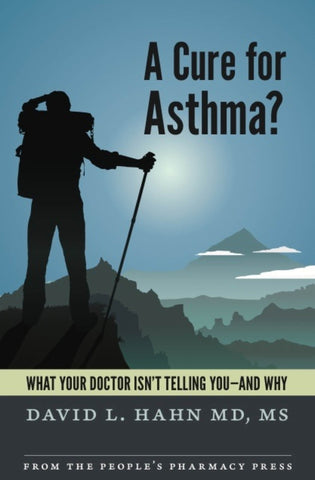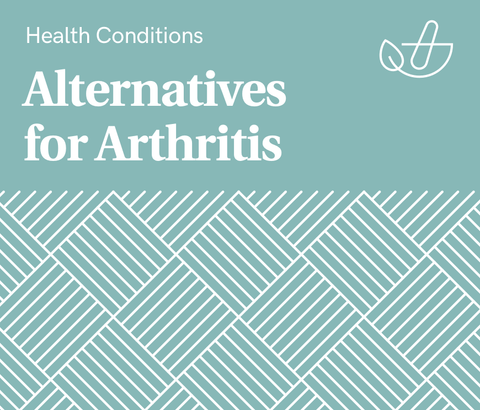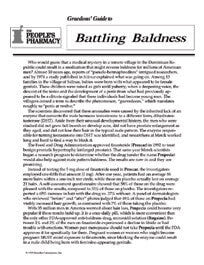Link to your individual collections by creating a new linklist in the Navigation section of the admin.
You can then have it appear here by choosing your new linklist under Customize Theme / Sidebar.

Show 1243: Why We Fall for Medical Myths
There’s an old saying that a lie can travel halfway around the world while the truth is still putting on its boots. This possibility is especially noticeable and potentially harmful when it comes to health claims. How do medical myths get such widespread credence?
Why We Fall for Medical Myths:
The COVID-19 pandemic has brought the problem of medical myths into the spotlight. A year ago, when very little was known about the coronavirus, even the experts didn’t know whether people should or should not wear masks to protect themselves. How important is it to disinfect packages when bringing them home from the store? With such uncertainty, it is no wonder that people grabbed at any possible information and shared it with their friends. The purported benefit of hydroxychloroquine, which turned out not to hold up under further scrutiny, is just one striking example.
The Power of Stories:
People gravitate to stories. We use them to help explain our world and understand how other people behave. If you want to remember something, you may do better if you embed it in a story.
While this may seem to be an unsophisticated approach, even health care providers use stories when they are teaching each other. That’s what case histories are, after all: (usually) short stories with a point.
When a medical myth gets cast in story form, it is memorable even if it isn’t true. Very often, though, there is some thread of truth in the story. How can we unravel the knots that tangle fact and fiction together?
Understanding Medical Reports:
One way we can get a handle on medical information is learn to decode the reports published in medical journals. How do the various types of studies differ in the credibility of the information they produce? Sometimes reporters use relative risk or hazard ratio numbers rather than absolute risk statistics because relative risk figures sound far more impressive. But you need to know if that 50 percent reduction in risk took you from a chance of 30 in 100 to 15 in 100 or if instead it would take you from 2 in 100 to 1 in 100. Both are 50 percent reductions, but the impact is distinct.
Mainstream medicine is usually considered credible. However, even mainstream medicine can make mistakes at times. Several years ago, angioplasty was widely accepted as a treatment for heart disease, although studies have now shown that “medical treatment” (lifestyle adjustments and medications) is actually preferable. One important tool for evaluating medical claims is to follow the money. Is the clinician or investigator promoting a particular treatment being paid by pharmaceutical or device companies? You can find out online at OpenPaymentsData.CMS.gov. Dollars for Docs by ProPublica is another good source.
Dr. Yasmin’s BS Detection Kit:
When you are struggling to figure out whether or not to believe what you have just heard or read, you may want to consult the tips in Dr. Seema Yasmin’s book, Viral BS. She offers helpful guidelines for sorting out truth from fiction when it comes to medical information.
This Week's Guest:
Seema Yasmin, MD, is a public health doctor, director of the Stanford Health Communication Initiative, and clinical assistant professor of medicine at Stanford University. She's a former disease detective in the Epidemic Intelligence Service and an Emmy Award-winning journalist. She has written three books, including the newest, Viral BS: Medical Myths and Why We Fall for Them.




